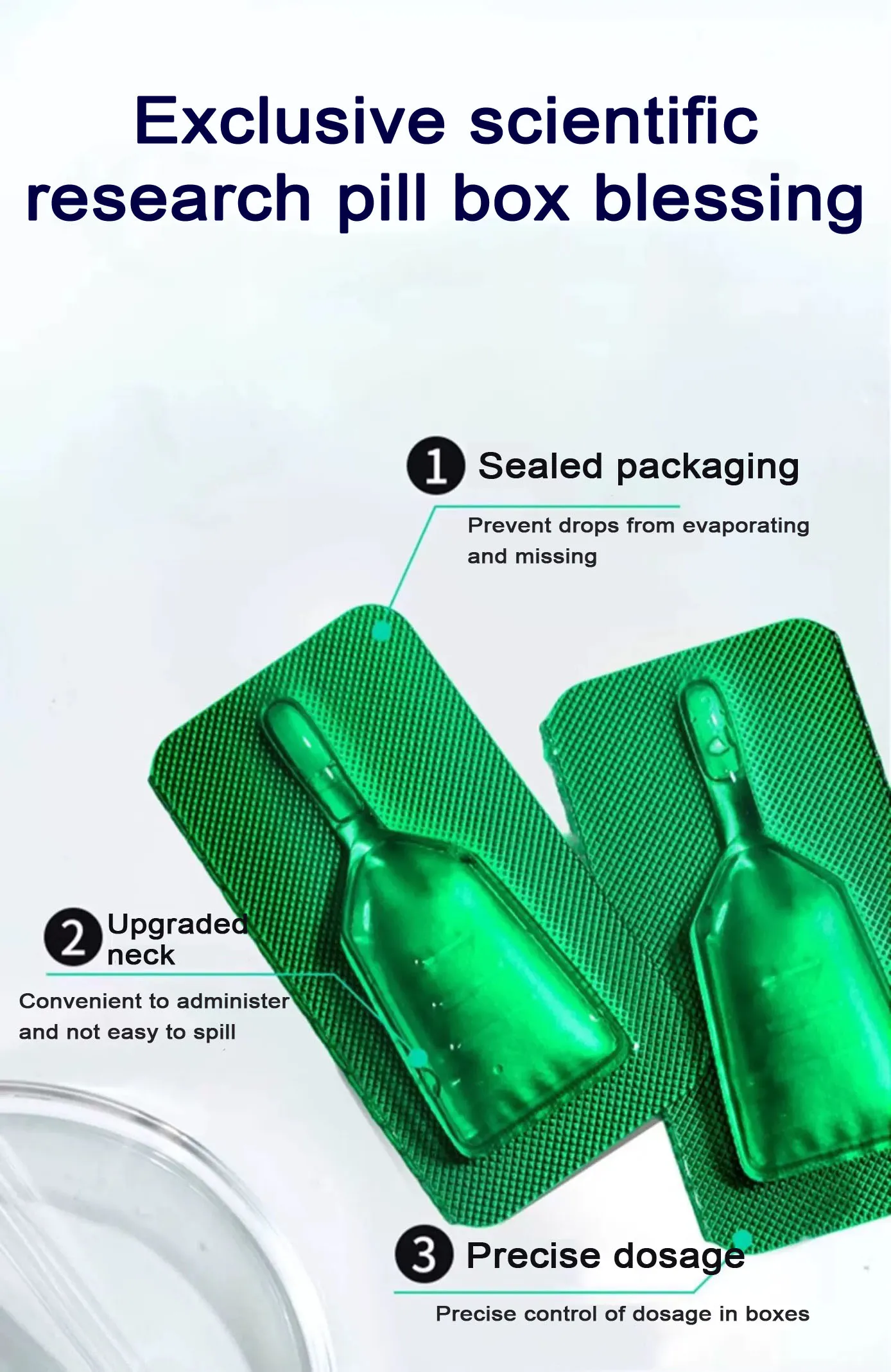- Afrikaans
- Albanian
- Amharic
- Arabic
- Armenian
- Azerbaijani
- Basque
- Belarusian
- Bengali
- Bosnian
- Bulgarian
- Catalan
- Cebuano
- Corsican
- Croatian
- Czech
- Danish
- Dutch
- English
- Esperanto
- Estonian
- Finnish
- French
- Frisian
- Galician
- Georgian
- German
- Greek
- Gujarati
- Haitian Creole
- hausa
- hawaiian
- Hebrew
- Hindi
- Miao
- Hungarian
- Icelandic
- igbo
- Indonesian
- irish
- Italian
- Japanese
- Javanese
- Kannada
- kazakh
- Khmer
- Rwandese
- Korean
- Kurdish
- Kyrgyz
- Lao
- Latin
- Latvian
- Lithuanian
- Luxembourgish
- Macedonian
- Malgashi
- Malay
- Malayalam
- Maltese
- Maori
- Marathi
- Mongolian
- Myanmar
- Nepali
- Norwegian
- Norwegian
- Occitan
- Pashto
- Persian
- Polish
- Portuguese
- Punjabi
- Romanian
- Russian
- Samoan
- Scottish Gaelic
- Serbian
- Sesotho
- Shona
- Sindhi
- Sinhala
- Slovak
- Slovenian
- Somali
- Spanish
- Sundanese
- Swahili
- Swedish
- Tagalog
- Tajik
- Tamil
- Tatar
- Telugu
- Thai
- Turkish
- Turkmen
- Ukrainian
- Urdu
- Uighur
- Uzbek
- Vietnamese
- Welsh
- Bantu
- Yiddish
- Yoruba
- Zulu
Nov . 29, 2024 16:27 Back to list
Injectable Ivermectin for Cattle Use and Safety Guidelines in Veterinary Practice
Ivermectin for Cattle An Overview of Injectable Treatments
Ivermectin is an antiparasitic agent that has gained significant attention in veterinary medicine, particularly in the livestock sector. Particularly popular among cattle producers, ivermectin is utilized primarily to combat a range of internal and external parasites that can adversely affect the health and productivity of cattle. This article will explore the benefits, uses, and considerations of using injectable ivermectin for cattle.
What is Ivermectin?
Ivermectin is a broad-spectrum antiparasitic drug belonging to the class of macrocyclic lactones. It works by binding to specific chloride channels in the parasite's nervous system and musculature, which results in paralysis and death of the parasites. Ivermectin is effective against a variety of parasites, including gastrointestinal roundworms, lungworms, and external parasites such as lice and mites.
Injectable Formulations
Injectable formulations of ivermectin are often preferred in cattle management due to their ease of administration and relatively rapid onset of action. The injectable form allows for precise dosing and minimizes the risk of underdosing, which is a common issue with oral administration, especially in larger herds. The most common forms of injectable ivermectin are intramuscular and subcutaneous injections, both of which are designed to ensure efficient distribution throughout the animal's body.
Benefits of Injectable Ivermectin
2. Easy Administration The injectable route is straightforward and can be performed by farm personnel with minimal training. This allows for quick treatments, especially during peak parasite seasons.
ivermectin for cattle injectable

3. Rapid Onset Injectable ivermectin typically has a more rapid onset of action compared to other delivery methods. This is crucial during severe infestations where immediate results are necessary to prevent further health deterioration.
4. Longer Duration of Action Many injectable formulations offer prolonged efficacy, providing lasting protection against reinfection and reducing the frequency of treatments required.
5. Minimized Stress While some may perceive injections as stressful for the animal, they can reduce the overall stress associated with multiple oral dosing sessions, particularly in larger operations.
Considerations and Cautions
While injectable ivermectin is an effective treatment option, certain precautions are essential to ensure its safe and effective use. One primary consideration is the potential for developing resistance. Overuse or improper dosages may lead to increased resistance in parasites, making treatment progressively less effective. Therefore, it is crucial to follow manufacturer guidelines and consult with a veterinarian for proper herd management.
Another important factor is the withdrawal time. Farmers must be aware of the necessary withdrawal period before sending cattle to market or obtaining milk from treated animals. This helps prevent the possibility of drug residues entering the food supply, which is subject to strict regulatory standards.
Conclusion
Injectable ivermectin is an invaluable tool in the management of cattle health, effectively controlling a range of parasites that threaten livestock productivity. By understanding its benefits and following best practices for use, cattle producers can ensure the health of their herds while supporting sustainable agricultural practices. As with any veterinary treatment, collaboration with a veterinarian is key to maximizing the efficacy of ivermectin therapy and maintaining the health and welfare of livestock.
-
Guide to Oxytetracycline Injection
NewsMar.27,2025
-
Guide to Colistin Sulphate
NewsMar.27,2025
-
Gentamicin Sulfate: Uses, Price, And Key Information
NewsMar.27,2025
-
Enrofloxacin Injection: Uses, Price, And Supplier Information
NewsMar.27,2025
-
Dexamethasone Sodium Phosphate Injection: Uses, Price, And Key Information
NewsMar.27,2025
-
Albendazole Tablet: Uses, Dosage, Cost, And Key Information
NewsMar.27,2025













